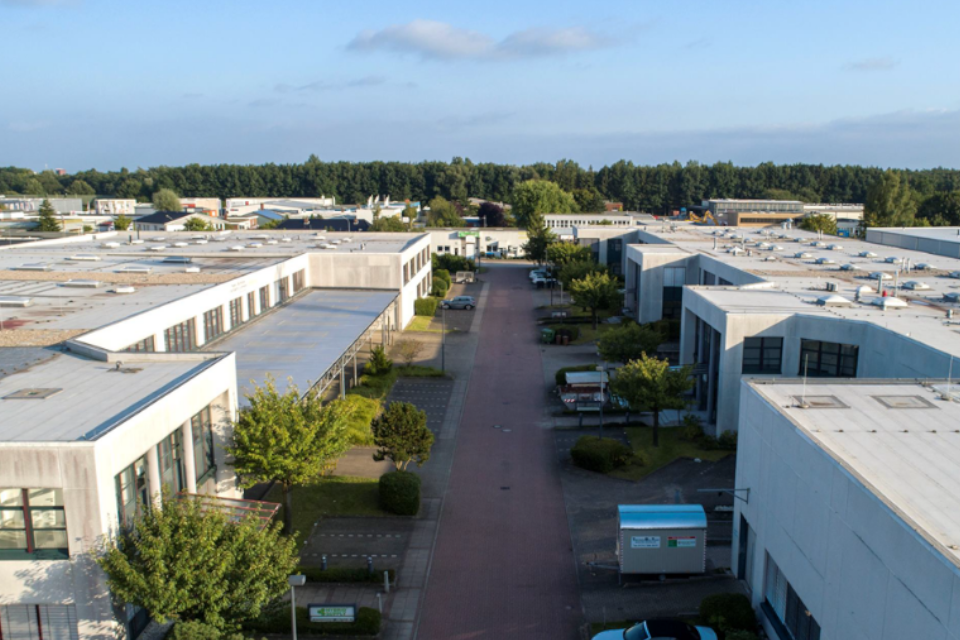Cape Town & Durban: SA’s Hottest Industrial Investment Zones
Highlights
- Land scarcity and strong demand are driving rental growth in Cape Town and Durban’s logistics markets
- Climate risk and supply chain shifts fuel demand for resilient, future-proof industrial assets
- Investor focus is shifting to operational alignment, location strategy, and long-term sustainability
Cape Town and Durban Lead SA’s Industrial Property Surge
As global supply chains reshape around e-commerce, climate resilience,and operational agility, South Africa’s industrial and logistics markets are evolving fast. Two cities stand out: Cape Town and Durban.
Backed by insights from Cushman & Wakefield | BROLL, the latest Way point and Climate Risk reports spotlight these metros as Africa’s most investable industrial nodes, driven by scarcity, demand, and long-term strategic positioning.
Cape Town: Resilient, Rented, and Rapidly Rising
Cape Town continues to outperform in both investor interest and tenant demand.
- Rising rentals and low vacancies define the market.
- Land scarcity, stable governance, and e-commerce are pushing demand for premium industrial space.
- Development hot spots like Bracken gate and Richmond Park are expanding, while older nodes such as Epping and Parow are being revitalised.
“Demand is being driven by a flight to quality, semigration from other provinces, and growing e-commerce,” says Shane Howe, Head of Western Cape Industrial Broking at Cushman & Wakefield | BROLL.
“Investors and occupiers must align business strategy with location and asset selection to ensure long-term sustainability.”
Cape Town’s competitive edge lies in its operational resilience,governance, infrastructure, and a tech-savvy tenant base all contribute to its low-risk investment profile.
Durban:High Demand Meets Limited Supply
Durban is a classic landlord’s market.
- No major release of flat, flood-free industrial land in over a decade.
- Vacancies are at record lows, with A-grade DC rentals hitting R110/m².
- Land availability is tightly held by Tongaat Hulett, with constrained development prospects.
“Most viable land is tied up and logistics nodes near the port are snapped up almost immediately,” says Anthon van Weers, Full Status Property Practitioner at Cushman & Wakefield | BROLL.
“Despite high municipal rates, stable demand and long leases make Durban a low-risk market for owners.”
While higher costs challenge tenants, Durban’s proximity to port infrastructure and long-term lease security continue to attract savvy logistics investors.
What’s Driving Demand?
- E-commerce boom: 289% global growth over the past decade, reshaping logistics demand.
- Third-party logistics (3PLs): Central to last-mile delivery and rapid urban distribution.
- Supply chain reconfiguration: Shift to nearshoring, decentralised fulfilment, and climate-resilient infrastructure.
- Lifestyle and governance appeal: Western Cape wins on quality of life, reliability, and talent retention.
- Mini-unit popularity in Durban: Surge in 100–500m² warehouse demand as retailers pivot to fulfilment.
“Some retailers are closing stores and shifting to warehouse models to meet online demand,” says Van Weers.
“Cato Ridge, Shongweni and Tongaat still lag due to high logistics costs.”
Climate Risk: The New Investment Filter
Cushman & Wakefield’s global research confirms that climate-resilient assets attract higher rentals, stronger uptake, and longer leases.
Investors and tenants are prioritising:
- Water security
- Energy independence
- Resilient infrastructure in lower-risk zones
Locally,this puts Cape Town and select Durban nodes in a premium position for long-term logistics investment.
“This is no longer just about real estate,” adds Howe. “It’s about strategic alignment between business operations, infrastructure resilience, and long-term investment performance.”
Summary:Scarcity = Opportunity
Cape Town and Durban are not just surviving global industrial shifts,they're thriving.
With rental growth, climate awareness, and strategic location all converging, these cities offer unmatched value for investors seeking long-term, future-fit industrial exposure.
Investors take note:The time to act is now, before land scarcity becomes land impossibility.






.avif)

.avif)


.avif)

.avif)




.svg)


.avif)

.avif)







%20.avif)








.avif)
%20.avif)
